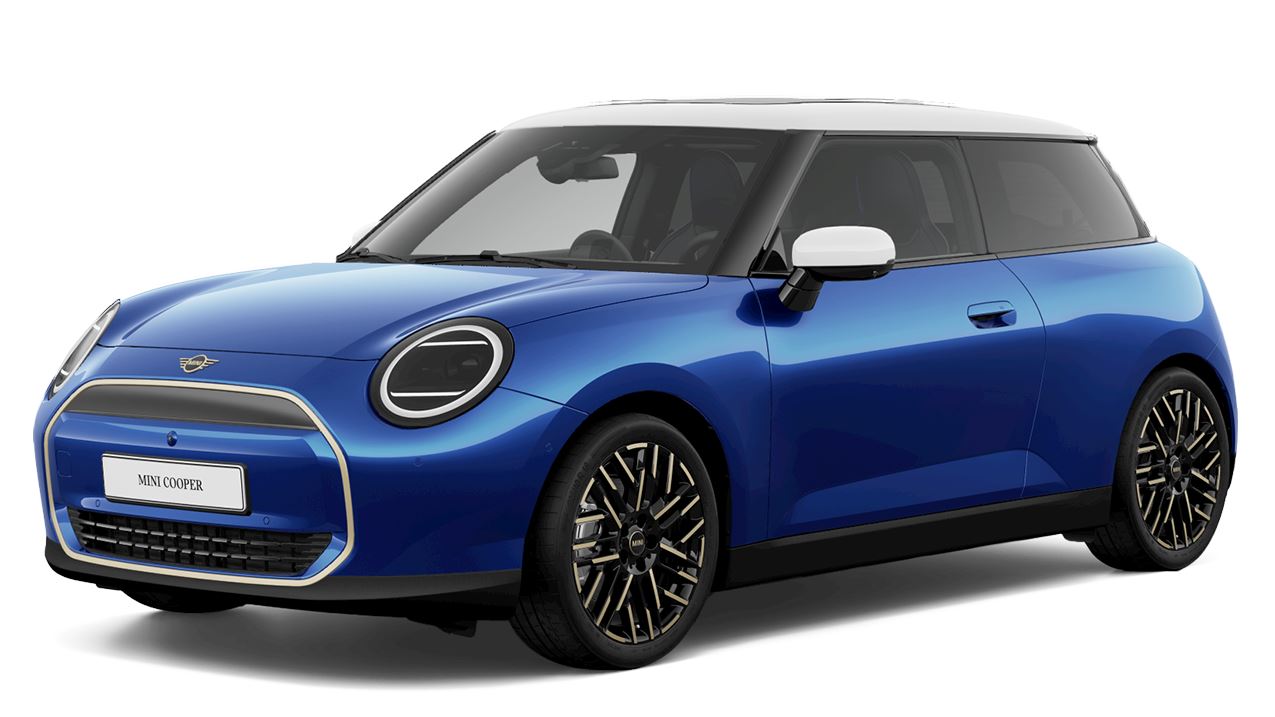MINI Cooper E
Classic electric FWD automatic
Sustainability Rating: 5 stars
Our verdict:
The electric Mini Cooper achieved a remarkably high result thanks to its compact size and resulting relatively low mass, small battery and low consumption figures in all tested conditions. The car stands out with an efficient powertrain and low energy demand for heating in cold winter days.
- The electric Mini has no exhaust emissions and performs well in both tyre and brake abrasion, thanks to very effective recuperation braking.
- Its low mass, small battery, and very low energy consumption in all test conditions contribute to a strong energy efficiency score.
- With life cycle emissions of 103.5 g CO2-eq./km and European production, it achieves the highest possible score in greenhouse gas performance.
The electric Mini impresses with its sustainability scoring, being small is not the only advantage. Compared to other similar vehicles, the Mini Cooper demonstrates very low consumption values in different driving conditions, even in the most challenging ones.
Driving Experience
Our comments:
For some aspects of daily use a bigger battery is beneficial, but the tested Mini is equipped with a very small one, offering only 36.6 kWh of usable capacity. While this is advantageous in the sustainability assessment, the evaluations in the Driving Experience reveal the trade-offs of the combination of a small battery and low consumption.
- The estimated real-world consumption values are seen as good in all assumed driving scenarios. But even with these figures, the small battery doesn't allow for long driving ranges – they all fall in the 'poor' range and clearly position the tested Mini as a urban vehicle, which would require better planning prior to longer trips.
- Although the small battery limits the absolute driving range, which can be achieved when pre-heating the vehicle prior to cold winter condition trips, users are advised to do so, because the relative range increase can be huge. The Mini heats its cabin quickly and good insulation prevents it from easily escaping the interior. However, it should be mentioned that the readings in the rear footwell did not reach 16°C during the -7°C ambient temperature test.
- The charging performance is adequate both in AC home charging and in DC fast charging. The car does not offer any kind of bi-directional charging functionalities.
See datasheet for more details.

